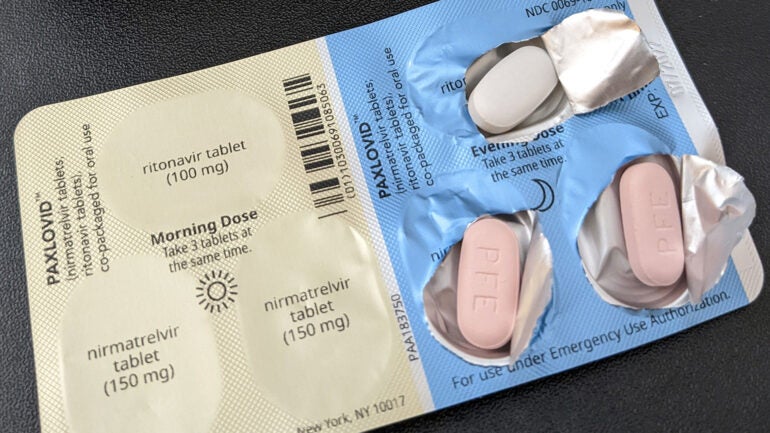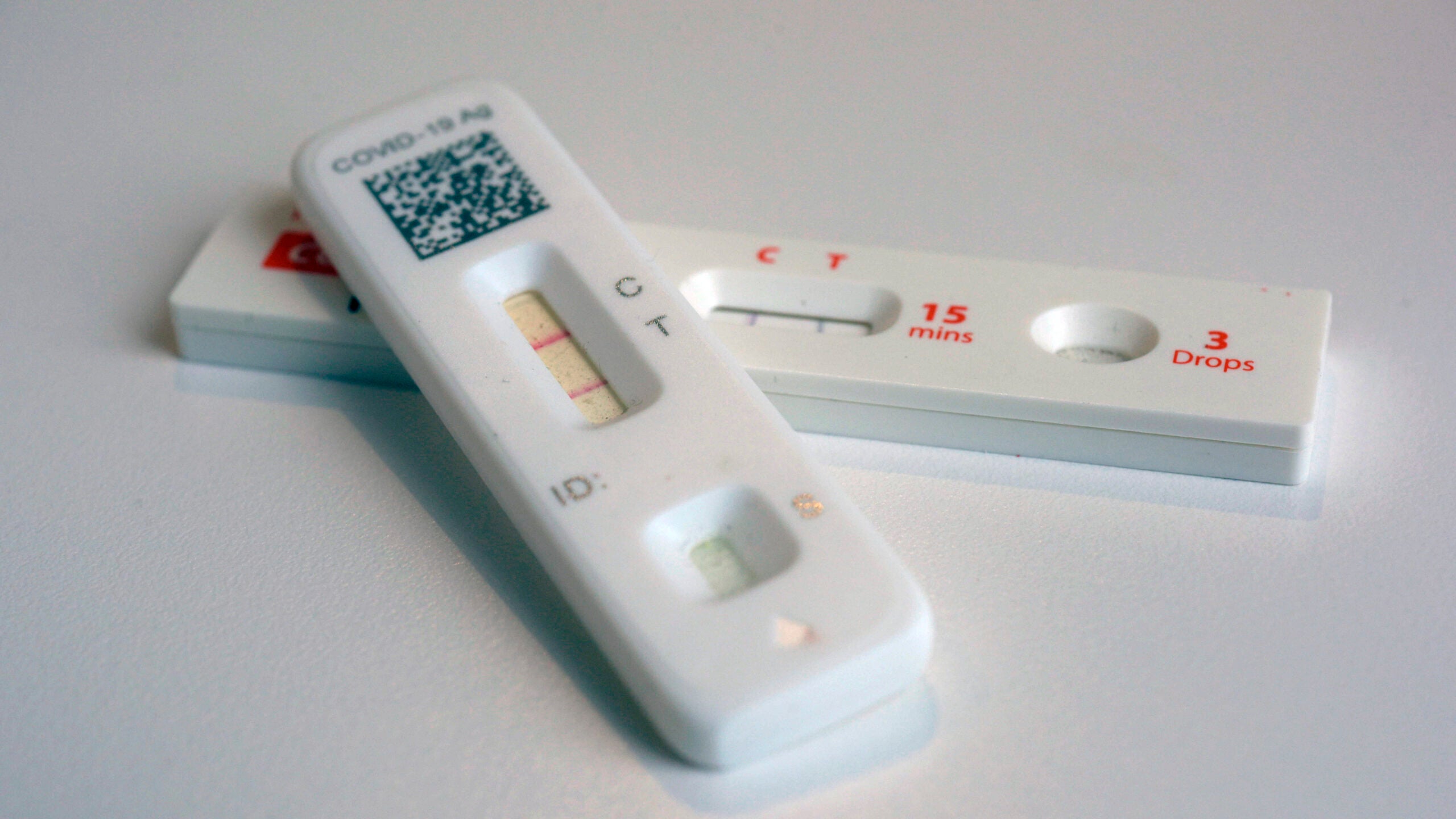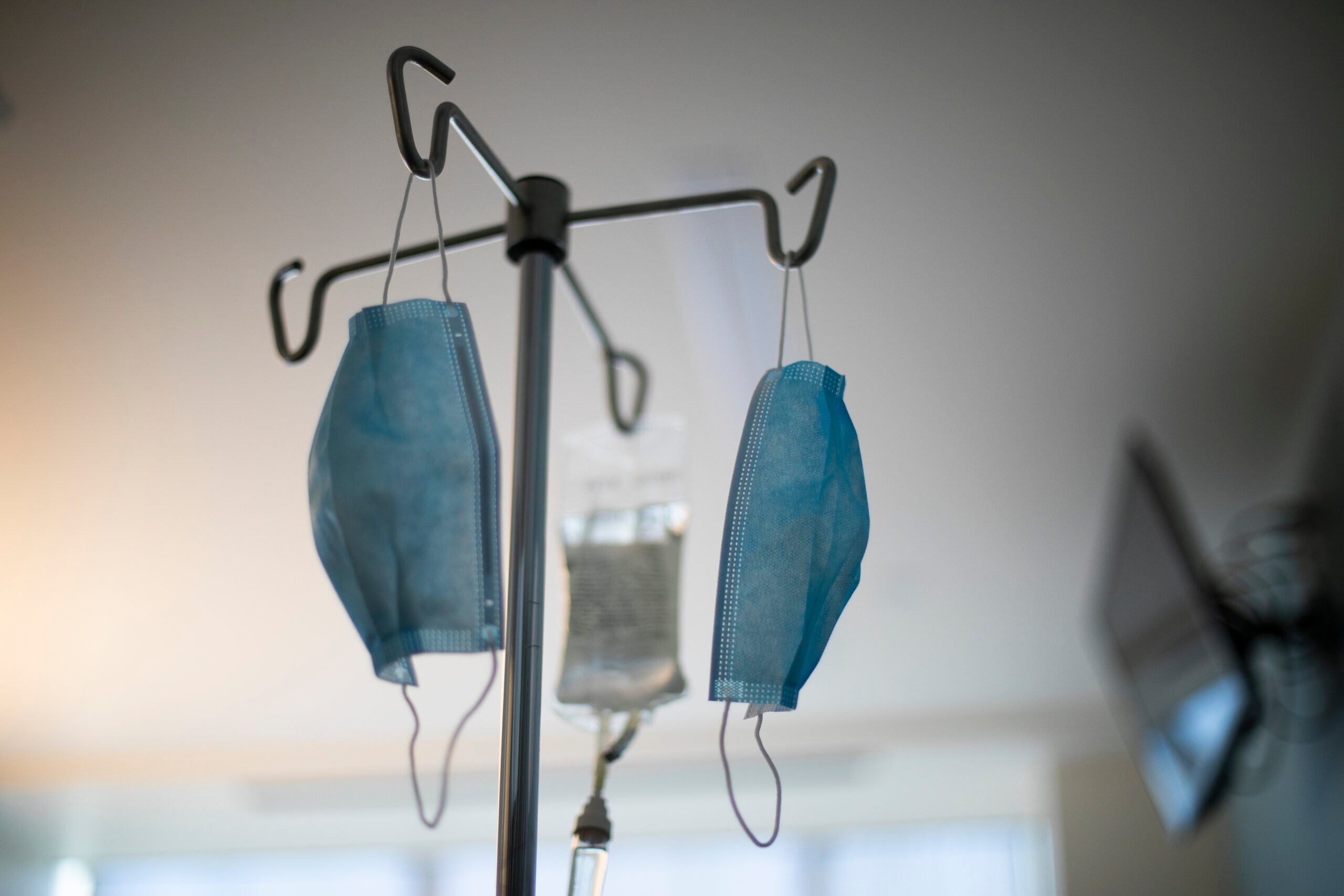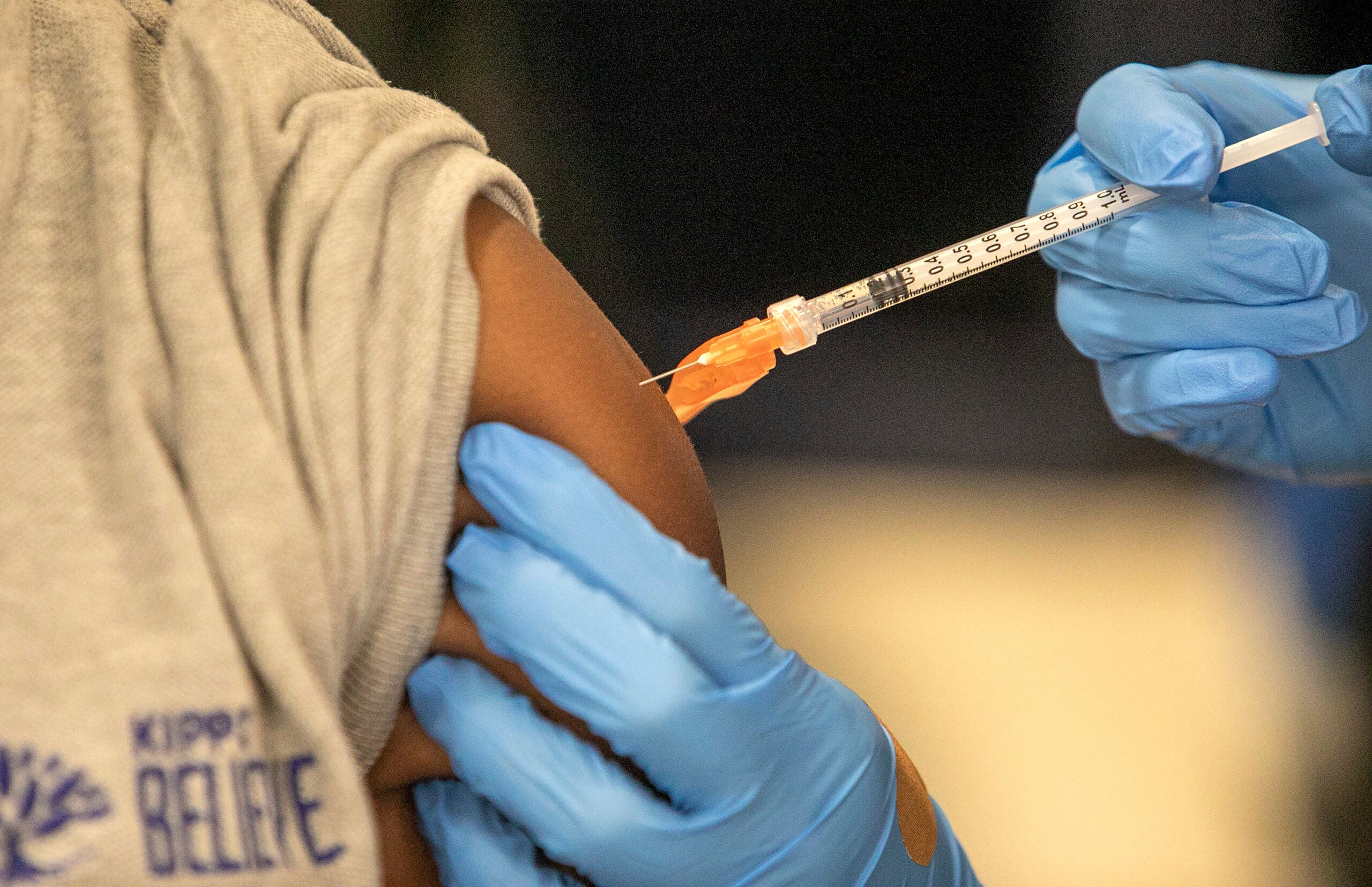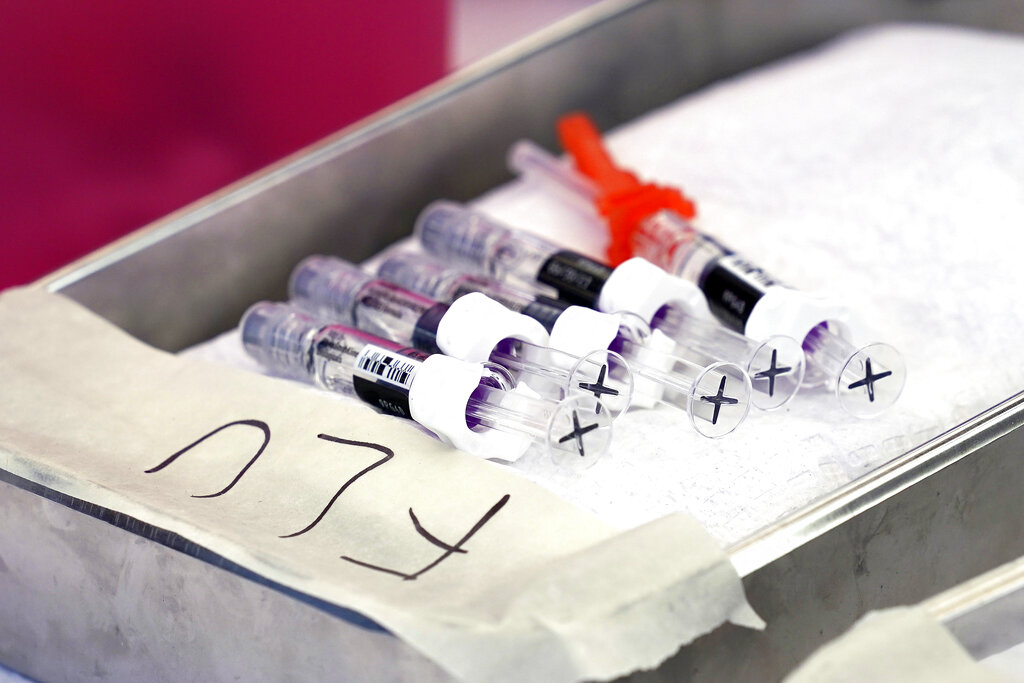New reports of COVID-19 cases ticked up Wednesday in Wisconsin and five more people died from the disease, according to the latest data published by the state’s Department of Health Services.
DHS reported 870 new cases of the virus on Wednesday, raising the average for the past seven days to 886 daily cases.
Daily new cases had dipped on Monday and Tuesday, and Wednesday’s data showed an increase in both the number and percentage of positive tests, with 5.9 percent of tests coming back positive, compared to 5.3 percent on Tuesday.
Stay informed on the latest news
Sign up for WPR’s email newsletter.
The latest figures bring the overall total of positive cases in Wisconsin to 51,049, according to the DHS. A total of 911 people in Wisconsin have died from COVID-19.
In new county-level data released Wednesday, the state reported 61 of its 72 counties now have high COVID-19 activity. Nine counties were classified as having medium levels of activity: Ashland, Crawford, Green, Green Lake, Iowa, Jackson, Vilas, Vernon and Richland counties. Only two, Florence and Rusk counties, had low levels of activity. Every region in the state was considered to have high activity.
Activity level designations are based on “burden,” or the number of new cases per a county’s population over a 14-day period, as well as whether there’s an upward or downward trend in new cases.
According to DHS, the 5.9 percent positive rate on test results reported on Wednesday brought the average percentage of positive tests over the past seven days to 7 percent. The seven-day average has been hovering between 7 and 8 percent for the past three weeks.
The percentage of positive tests is often read by public health officials as a measure of overall testing levels. A high rate could indicate that testing in the state is limited, and skewed toward those already flagged as potentially having the virus. A lower rate could indicate testing is more widespread.
Changes in the test positivity rate can also speak to a virus’ spread, if the size and makeup of the testing pool stays consistent.
Wisconsin’s daily testing capacity — based on the availability of test supplies and adequate staffing — has grown from 120 available lab tests in early March to 24,156 as of Wednesday. The number of actual tests reported on Wednesday was 14,694.
Testing has increased in the past week, with the seven-day average above 13,000 for the past five days, a level that the state had previously never hit.
Overall, DHS has recorded a total of 902,440 tests over the course of the pandemic; 851,391 have come back negative.
On Wednesday, counties with the highest case rates per capita included Brown, Kenosha, Iron, Milwaukee and Racine.
___________________________
DHS still has a dashboard showing Wisconsin’s progress on gating criteria under the now-defunct Badger Bounce Back Plan. Those gating criteria would have been used to determine when it would be safe to begin reopening the state, prior to the state Supreme Court ruling that ended a statewide stay-at-home order. The state has never met all six of the criteria at once.
Two of the criteria are a statistically significant 14-day downward trend in COVID-like cases reported in emergency departments, and a similar downward trend for influenza-like cases in emergency departments. Wisconsin met the criteria for new COVID-like illnesses but not influenza-like cases, and did not show a decline in positive COVID-19 tests.
According to DHS, 4,539 people have been hospitalized because of the virus as of Wednesday. That means at least 8.9 percent of people who have tested positive for the new coronavirus in the state have been hospitalized. DHS officials said they don’t know the hospitalization history of 17,382 people, or 34 percent.
Wisconsin Public Radio, © Copyright 2024, Board of Regents of the University of Wisconsin System and Wisconsin Educational Communications Board.


